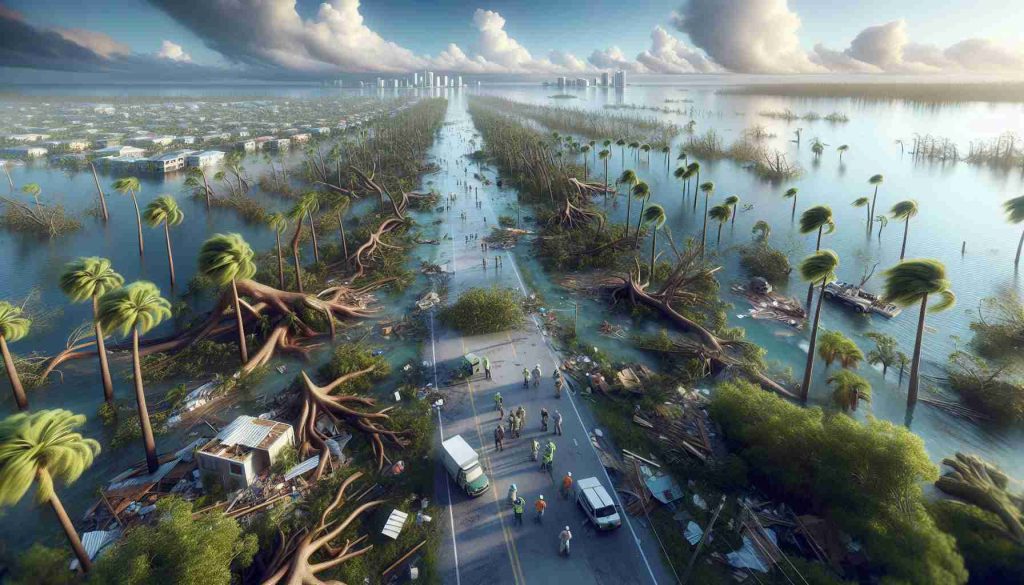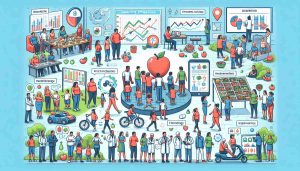Florida Faces Environmental Challenges Post Hurricane Milton
3 min read
Devastation Strikes Central Florida
Hurricane Milton’s impact on central Florida left a trail of destruction, claiming the lives of 17 individuals as it swept through the region. The storm caused widespread flooding on barrier islands and unleashed deadly tornadoes, sending shockwaves through the community.
Nature’s Fury Unleashed
The ferocity of Hurricane Milton’s winds and rain left residents in central Florida reeling in the aftermath. The force of nature’s fury was evident in the swamped barrier islands and the devastation wrought by the tornadoes that followed in its wake.
Rebuilding Amid Environmental Consequences
As central Florida grapples with the aftermath of Hurricane Milton, the environmental challenges that lie ahead are significant. The destruction caused by the storm has raised concerns about the region’s resilience in the face of future natural disasters, sparking debate on how best to rebuild and protect against future calamities.
Community Response and Resilience
In the wake of Hurricane Milton, the central Florida community has come together to support one another and start the process of recovery. The resilience displayed by residents in the face of adversity serves as a beacon of hope for the region’s future as it navigates the environmental challenges left in the storm’s wake.
Uncovering Key Facts and Challenges in Florida’s Post-Hurricane Milton Scenario
The aftermath of Hurricane Milton in central Florida has underscored a host of environmental challenges that demand attention in the wake of such natural disasters. While the previous article touched upon the devastation caused by the storm, there are crucial aspects that require further exploration to understand the full scope of the situation.
Key Questions:
1. How has Hurricane Milton impacted Florida’s wildlife and ecosystems beyond what is immediately visible?
2. What measures are being taken to address the long-term environmental repercussions of the storm?
3. Are there underlying factors contributing to the severity of environmental damage post-hurricane in Florida?
The Unspoken Challenges:
One of the critical issues facing Florida post-Hurricane Milton is the disruption to delicate ecosystems, potentially leading to long-lasting damage to biodiversity. The destruction of habitats and pollution from debris pose threats to various species, highlighting the interconnectedness of environmental health with human activities.
Advantages and Disadvantages:
The advantage of rebuilding efforts post-hurricane is an opportunity to implement more sustainable practices, such as resilient infrastructure and green spaces, to mitigate future environmental risks. However, the disadvantage lies in the enormity of the task, the financial burden, and the potential conflict between environmental preservation and rapid reconstruction.
Addressing Controversies:
One key controversy surrounds the balance between economic development and environmental conservation in post-disaster scenarios. The tension between rebuilding quickly to restore normalcy and ensuring sustainable, eco-friendly solutions is a central debate among decision-makers and local communities.
For further insights on Florida’s environmental challenges and the intersection of natural disasters with conservation efforts, visit Florida Department of Environmental Protection.
By delving into these additional facts and complexities, it becomes clear that the environmental challenges post-Hurricane Milton are multifaceted and require a comprehensive approach that considers both short-term recovery and long-term sustainability.






